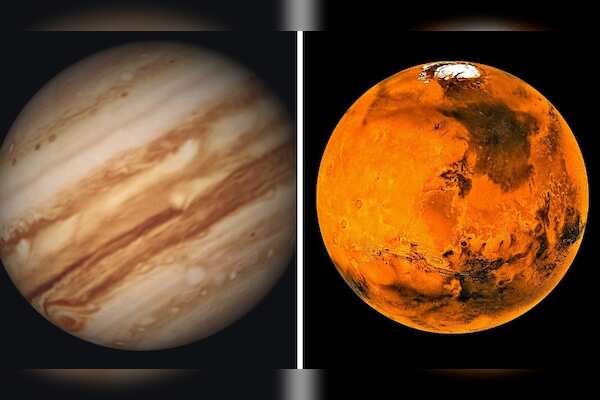In a groundbreaking discovery, scientists have proposed that the Luna structure, a 1.8-kilometre-wide depression, may have been formed by the impact of the largest meteorite to have struck Earth in the past 50,000 years. This meteorite, likened to a fireball, likely caused wildfires and massive shockwaves that could have affected the area where the people of the Indus Valley civilisation resided thousands of years ago.
Gordon Osinski, from Western University in Canada, described the impact as comparable to a nuclear bomb, but without the radioactive fallout. Local residents in the Indian state of Gujarat have long been aware of the Luna structure, but previous studies had not definitively identified it as a result of a meteorite impact. Recently, a team led by KS Sajinkumar from the University of Kerala conducted a more thorough investigation of the crater. Geochemical analysis revealed a high concentration of iridium in the soil, indicating that the impact may have been caused by an iron meteorite. However, David King from Auburn University emphasized the need for further evidence such as super-heated rocks melted by the impact to confirm the crater's origins. Sajinkumar and his team plan to continue their research to search for these crucial materials, with the current study only scratching the surface of what they hope to uncover. Despite the absence of shocked materials, Osinski remains confident in the hypothesis that the Luna structure is an impact crater, citing additional evidence to support this conclusion. The ongoing investigation promises to shed more light on this intriguing geological feature and its potential connection to a significant cosmic event in Earth's history.New Study Suggests Luna Structure Formed by Giant Meteorite Impact in India's Past
 8 months ago
1300
8 months ago
1300
- Homepage
- Tech & Sicence
- New Study Suggests Luna Structure Formed by Giant Meteorite Impact in India's Past
Related
NASA Faces 19-Day Deadline to Bring Back Astronauts from ISS...
3 months ago
1122
Nvidia potentially delaying release of data center GPU B200 ...
3 months ago
1138
Rare Celestial Event: Mars and Jupiter Alignment on August 1...
3 months ago
1505
Trending in United States of America
Popular
Disney's Major Investment in Epic Games Signals Next Chapter...
8 months ago
1804
Top commodity trader Andurand predicts quadruple increase in...
6 months ago
1741
Middle East tension boosts Brent crude above $90 for the fir...
7 months ago
1735
World of Warcraft Companion App to be Discontinued by Blizza...
7 months ago
1731
"Don't Take Travel for Granted: Tips for Traveling with Elde...
8 months ago
1729
© StoryBrut 2024. All rights are reserved








 English (US)
English (US)